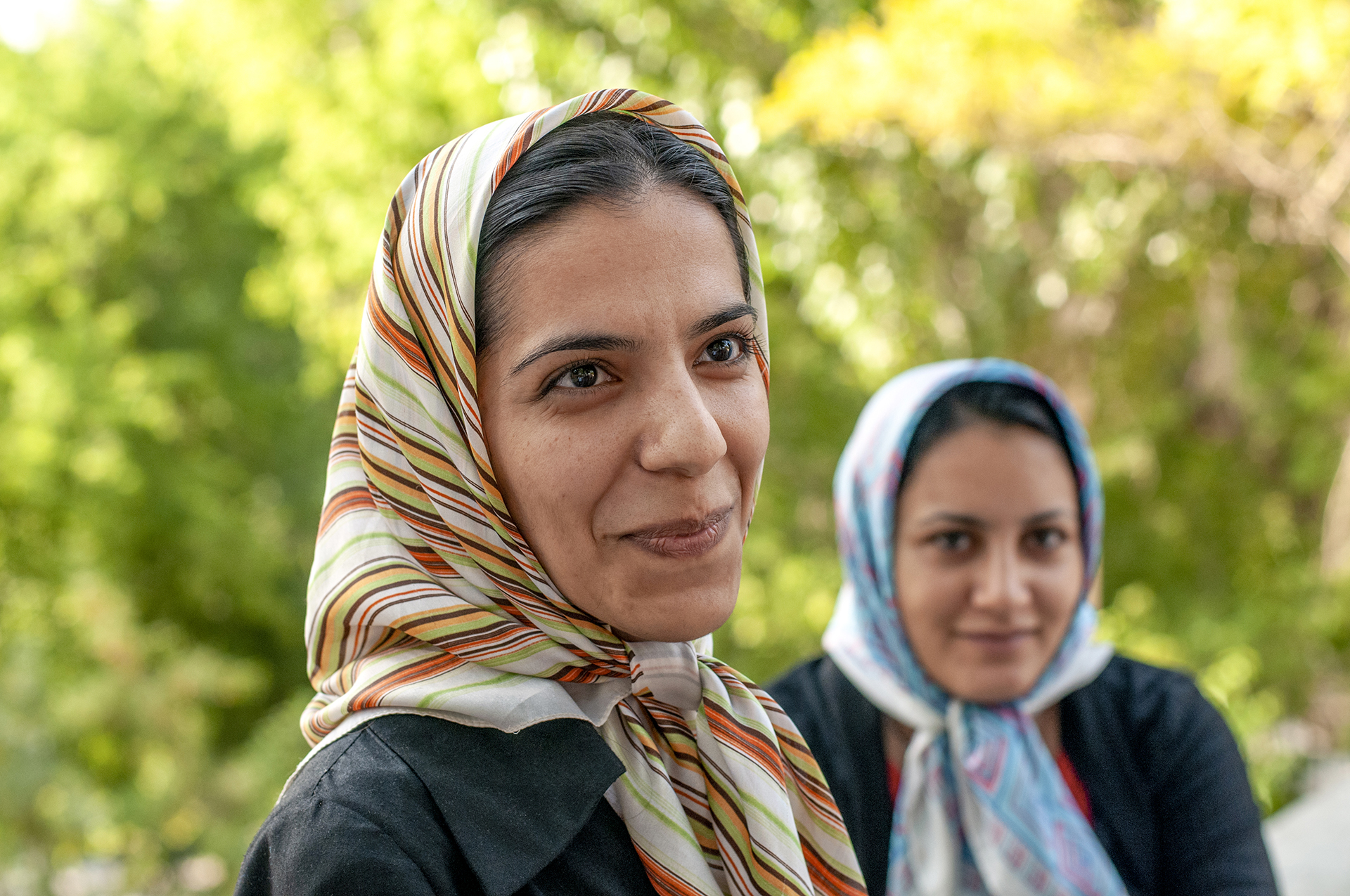Technology has come a long way since Dave and Amy Knotts placed their first advertisement on social media seven years ago. The IMB missionaries laughed at their first ad’s simplicity — a black screen with white text asking, “Do you want to read the Bible in your language?”

It might have been basic, but there was no arguing about its effectiveness. Within 24 hours, there were 2,500 downloads of a PDF in their language-specific Scripture. This response quickly spurred the missionary couple to delve deeper into digital engagement strategies that can take the gospel to some of the least reached peoples in Central Asia.
The couple’s team figures out what type of medium (or media) people use to communicate and gather information — like which social media platform people use or whether people read or watch videos more. Then, they create avenues and content to not only spur gospel conversations but also train church planters in remote places.
“With digital engagement, we are able to reach into places we can’t normally go,” Dave said, explaining that many people groups considered unengaged and unreached live in either isolated locations or in countries where Christianity is banned. Social media and other digital avenues can still reach these places, even if under government or cultural restrictions.

Most people around the world have mobile phones, whether living in the city or an isolated village. IMB Photo
By using digital technologies, missionaries can pinpoint a specific audience, such as women who attended a henna convention in a particular city and share a specific message with them via social media, streaming services, or Virtual Private Networks (VPNs). Amy explained many of these women might be from a Muslim culture where it’s common for them to be shamed. In this instance, video advertisements from the Knotts’ teams conveyed the message: “Do you have shame? God sees you and wants to walk with you.” Each ad allows the audience to comment or click a button to go to a website with more resources.
“For the most part, people feel safe within the digital world. Most of us will text instead of call. You can hide behind a screen name,” Amy said. “We try to make it a safe and anonymous space.”
When one of the women hits the response button or comments, a team of responders are prepared to engage in gospel conversations in their specific language. The responders might live in the same city or even a different country, but all are believers who speak the language and understand the religions and cultures. The goals of interaction vary depending on the emphasis of the different projects. It can range from gospel conversations to discipleship. Some of the digital engagements go from the “broad seed” sowing type of blast to meeting in person and becoming involved in a local faith community.
As digital engagement strategies keep up with current technology, the Knotts ask you to pray for their latest project to find effective content for women in Central Asia. They want them to understand they are “seen by God.” They also ask you to pray for people to join their team — whether as a volunteer or missionary. They need people with digital skills like computer programmers, graphic designers and artificial intelligence engineers.
Some names may have been changed due to security.
This work is made possible through your generous gifts to the Cooperative Program and Lottie Moon Christmas Offering®.

